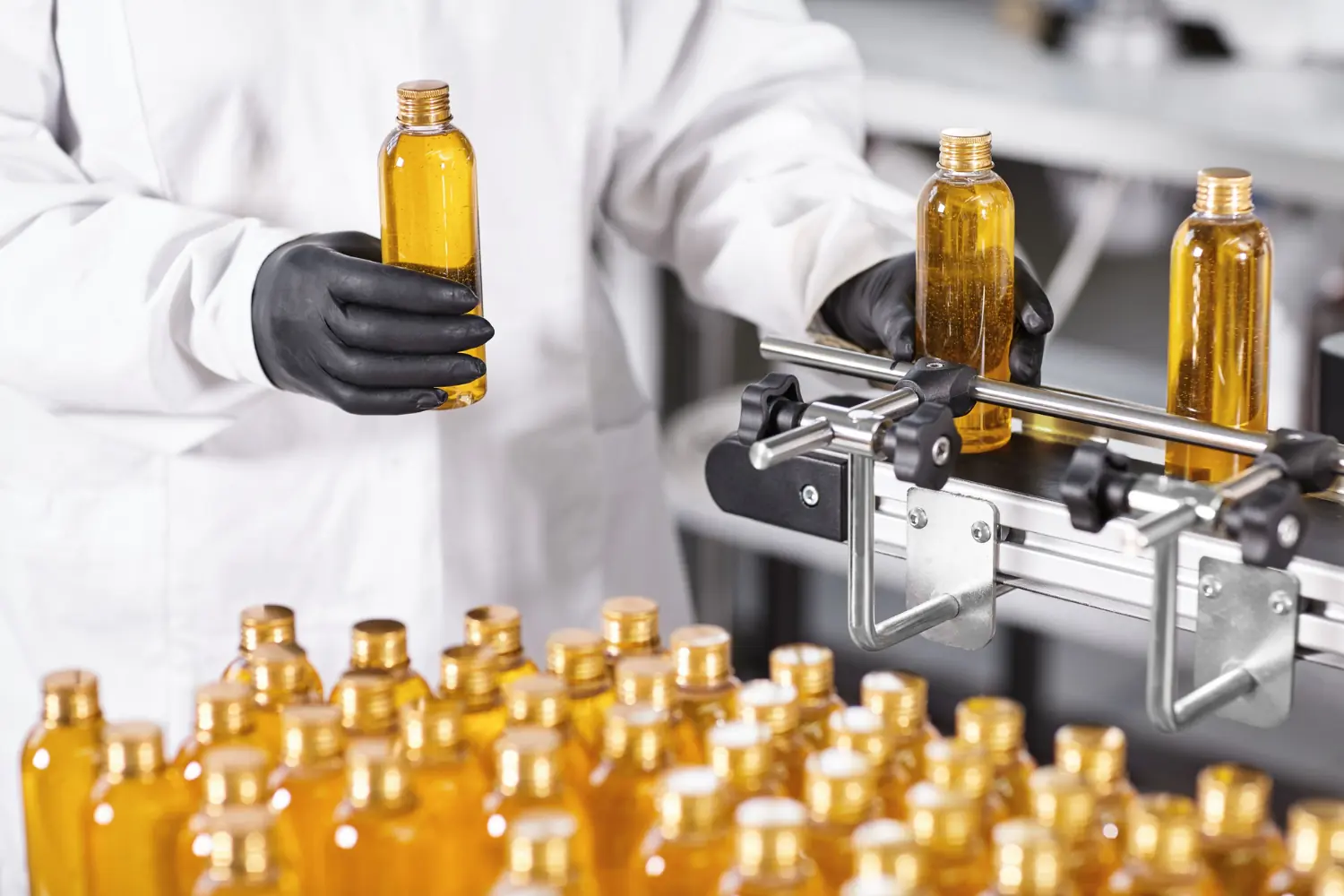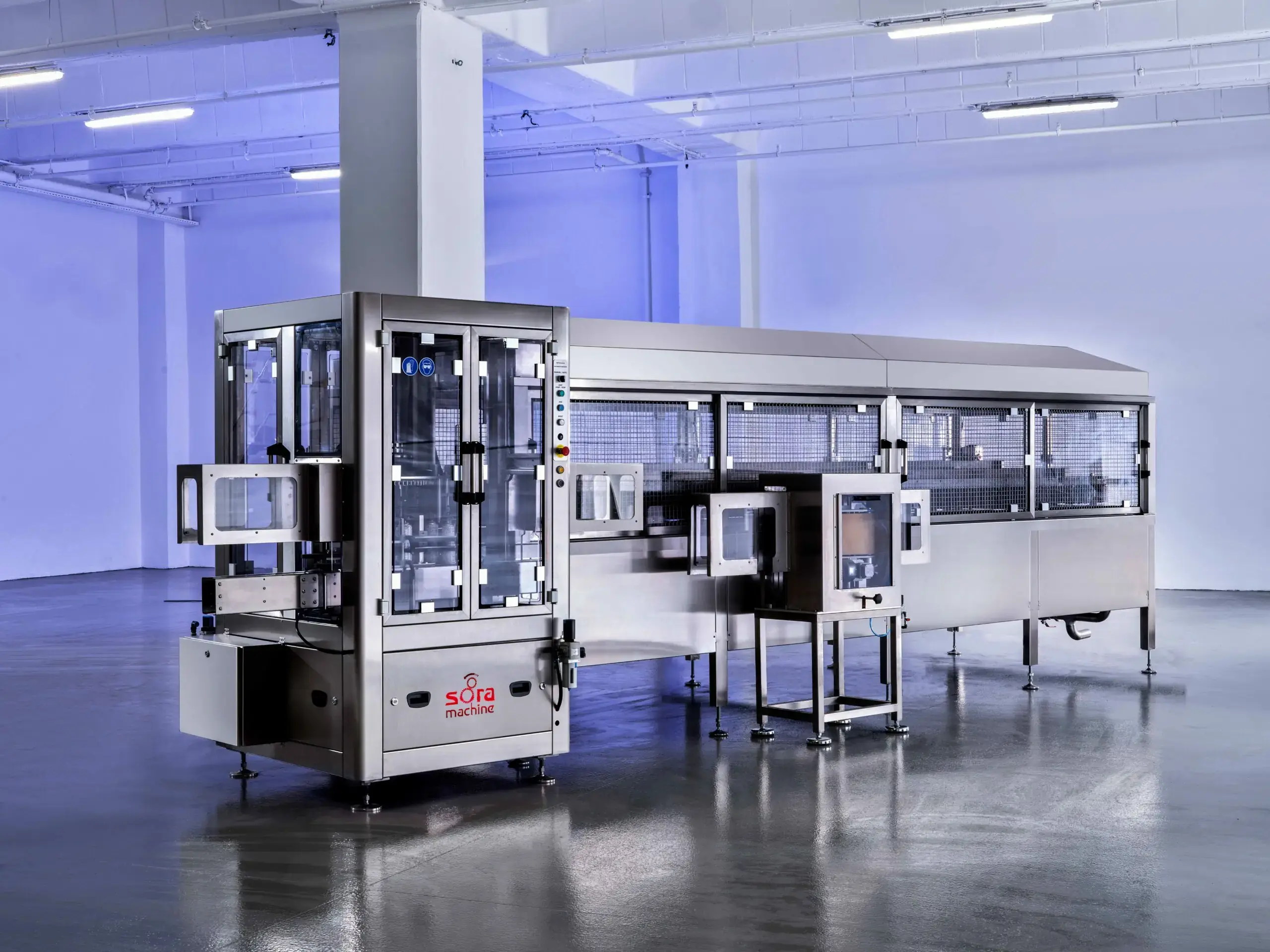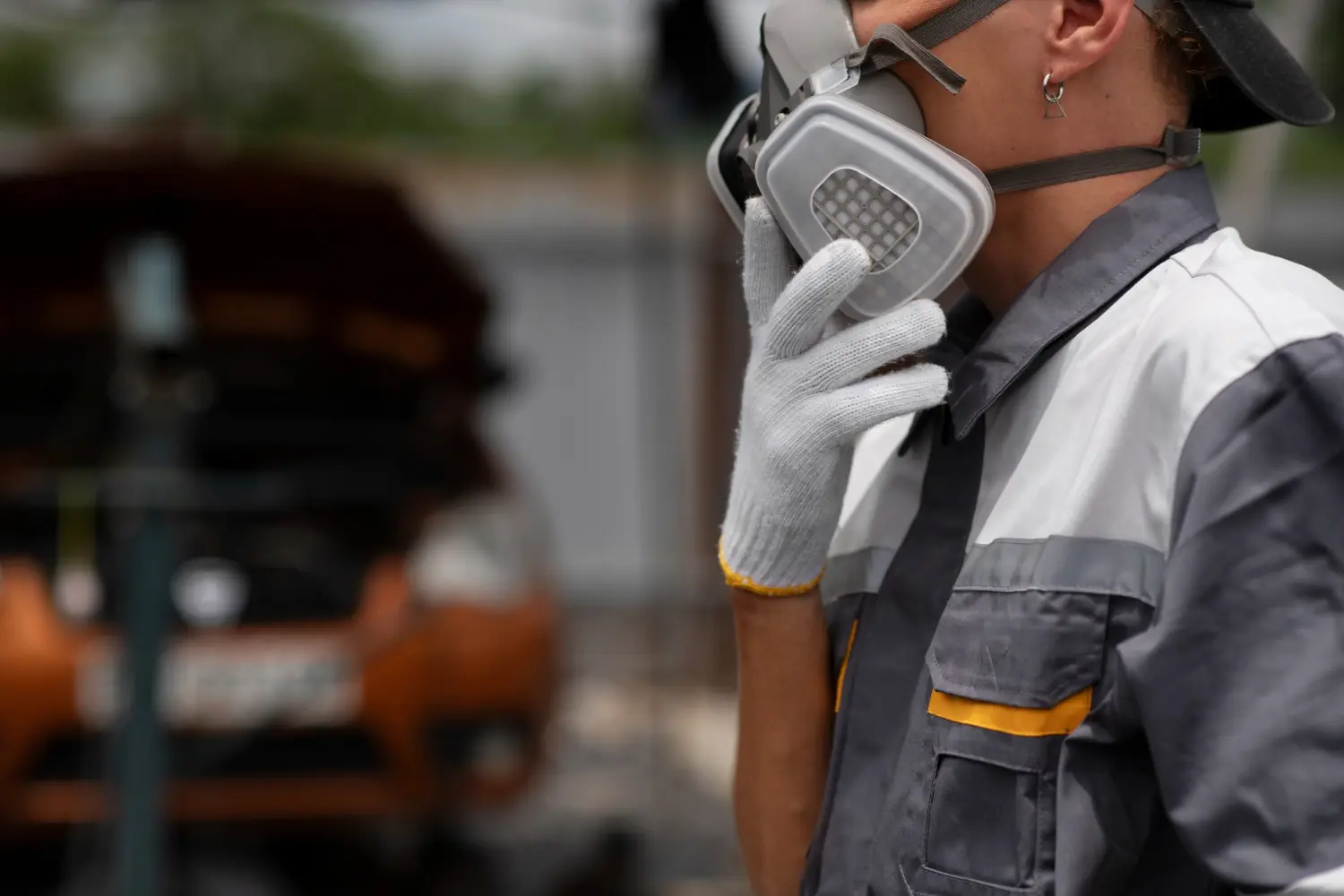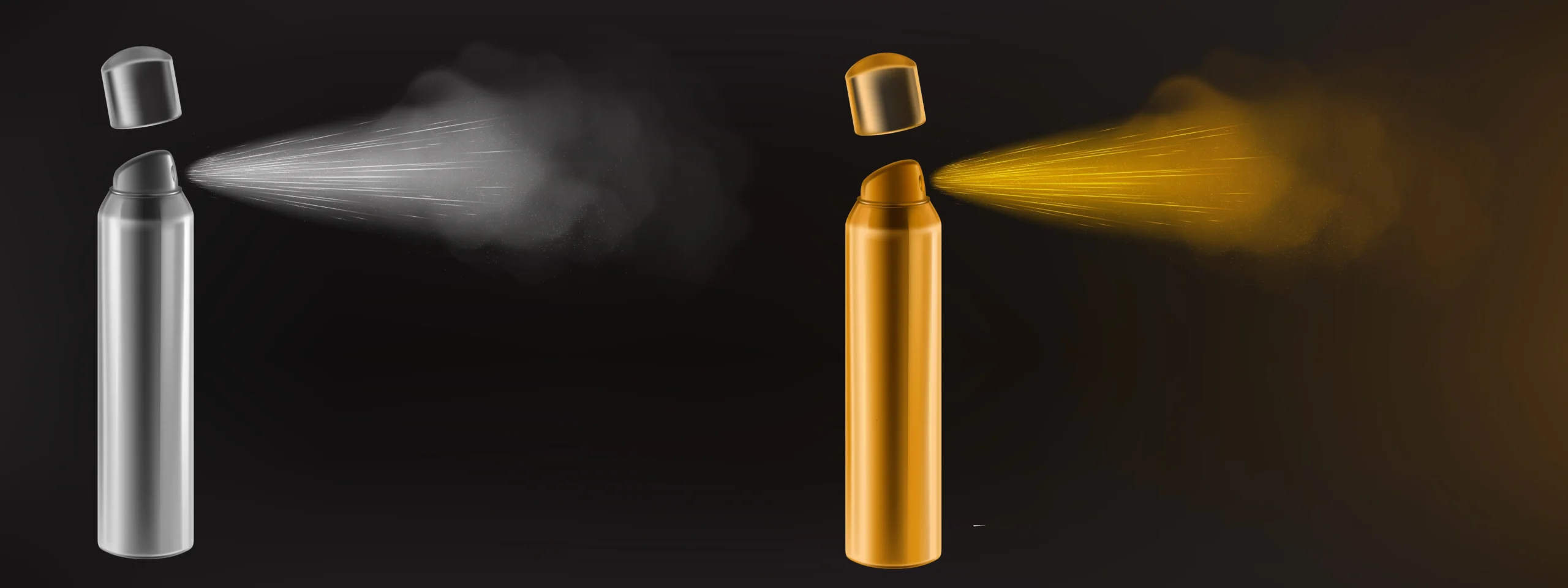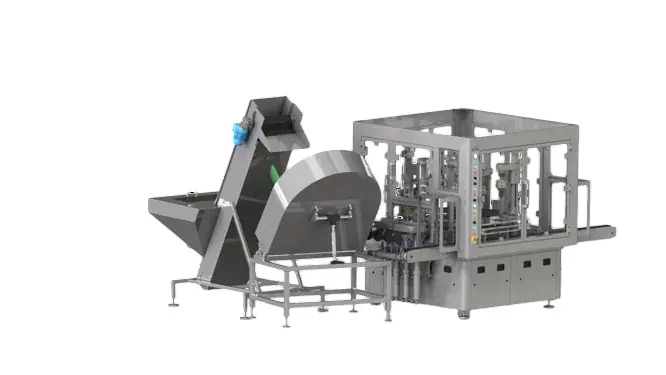Secondary packaging plays a crucial role in the aerosol production process, ensuring that the products are safely transported, stored, and presented to customers. While the primary packaging protects the product itself, secondary packaging serves to add an extra layer of protection, improve handling efficiency, and enhance the overall aesthetic appeal. Aerosol products, due to their pressurized nature, require special attention in secondary packaging to ensure their safety during storage, transportation, and retail display. This article will explore the various methods of secondary packaging for aerosol products, such as cartoning, shrink wrapping, and palletizing, along with considerations for cost optimization and product integrity.
Why is Secondary Packaging Important For Aerosol Products?
Secondary packaging is essential for aerosol products for several reasons. First and foremost, it provides an additional layer of protection, safeguarding the cans from potential damage during transportation or storage. Aerosol cans are pressurized, which means that mishandling could lead to accidents or product leakage. Proper secondary packaging helps mitigate these risks. Moreover, secondary packaging is critical for organizing and grouping products, making them easier to transport and handle in bulk. It also allows for branding and labeling, which are key for consumer recognition and marketing efforts.
Which Product Formats Are Cartoning Machines Suitable For?
Cartoning machines are ideal for packing aerosol products into cartons, providing a protective barrier around the cans. These machines are typically suitable for products that come in uniform sizes and shapes. Aerosol cans, being cylindrical and consistent in size, are a perfect fit for cartoning. The machines can be set up to create cartons in various sizes, accommodating different quantities of aerosol cans, from single-unit packs to bulk quantities. Cartoning machines are particularly beneficial for products that are stacked together for retail display or transportation. They provide an efficient and cost-effective solution for grouping aerosol products into easily manageable packages.
How Does The Shrink Packaging Process Work And What Advantages Does It Offer?
Shrink packaging is another popular method for secondary packaging of aerosol products. The process involves wrapping aerosol cans in a plastic film that shrinks tightly around the product when heat is applied. This method offers several advantages, such as providing tamper-evident seals, improving product presentation, and offering moisture and dust protection. Shrink-wrapped packaging also minimizes the need for additional materials like cartons, making it more eco-friendly. The shrink film tightly holds the aerosol cans, preventing them from moving or shifting during transportation, which reduces the risk of damage. Additionally, shrink wrapping can accommodate a variety of shapes and sizes, providing flexibility in packaging different aerosol products.
How Are Palletizing Systems Integrated Into The Production Line?
Palletizing systems are automated systems designed to stack packaged aerosol cans onto pallets, ready for transport and storage. These systems are integrated into the production line to ensure smooth transitions from the packaging process to the storage phase. The integration of palletizing systems streamlines the packaging process, reducing labor costs and increasing operational efficiency. Automated palletizers can handle high-volume production with precision, ensuring that the pallets are stacked evenly and securely. This reduces the likelihood of product damage and optimizes the use of storage space. In addition, robotic palletizing systems can be programmed to handle different sizes and weights of aerosol packages, providing flexibility and scalability to the production line.
According to What Should The Level Of Automation in Secondary Packaging Be Determined?
The level of automation in secondary packaging depends on several factors, including production volume, product complexity, and cost considerations. For high-volume production lines, fully automated systems are often the best choice. Automation helps speed up the process, reduces human error, and increases overall efficiency. On the other hand, smaller production lines or companies with budget constraints may opt for semi-automated or manual systems. For instance, while cartoning and shrink-wrapping can be automated, certain tasks like applying labels or conducting final inspections may still be done manually, especially if the volume is lower. The key is to balance cost, flexibility, and production requirements to determine the optimal level of automation for the secondary packaging process.
Which Cartoning Methods Are Preferred For Fragile Or Pressurized Cans?
Fragile and pressurized cans require special attention during secondary packaging to prevent damage and ensure safety. For aerosol products, particularly those containing pressurized gas, it’s essential to use robust and secure cartoning methods. Double-walled cartons or reinforced packaging materials are often used to provide additional protection. Furthermore, for fragile cans or bottles, cushioned inserts or dividers are placed within the carton to prevent movement and absorb shock. These methods ensure that even if the packaging is subjected to rough handling, the cans remain intact and undamaged. The goal is to prevent any risk of leakage, breakage, or puncture that could compromise the product’s integrity.
How Are Product Heat And Durability Considered When Selecting Shrink Film?
When selecting shrink film for aerosol packaging, product heat and durability must be carefully considered. Aerosol cans, being pressurized, can be sensitive to heat. Therefore, it’s important to choose a shrink film that can withstand high temperatures without compromising the integrity of the product. The shrink film should be able to tightly conform to the can without causing deformation or stress. Additionally, the durability of the shrink film is important for maintaining the product’s protection during transport and storage. A durable shrink film ensures that the package remains intact and secure, even in challenging environments, and helps extend the shelf life of the product by protecting it from external elements like moisture, dust, and contaminants.
Which Systems Are Used to Maintain Load Balance On The Pallet?
Maintaining load balance on pallets is essential to ensure that aerosol products are safely transported and stored. Automated palletizing systems are equipped with load-balancing features that ensure the even distribution of weight across the pallet. These systems typically use sensors and control systems to monitor the load and adjust the stacking pattern accordingly. Additionally, some palletizing systems are designed to interlock the aerosol packages, creating a stable structure that reduces the risk of shifting during transportation. Proper load balancing also helps maximize the efficiency of storage and reduces the risk of accidents or damage during handling.
How Are Secondary Packaging Costs Optimized?
Optimizing secondary packaging costs is a key concern for manufacturers looking to improve their bottom line. Several strategies can be employed to achieve this goal. One of the most effective ways to reduce costs is by improving packaging material efficiency. This involves using lightweight yet durable materials that offer the necessary protection without being unnecessarily thick or bulky. Another way to optimize costs is by streamlining the packaging process, which can be done through automation, reducing labor costs, and improving throughput. Moreover, manufacturers can explore bulk packaging solutions or more compact designs that reduce shipping costs and space usage. By evaluating the entire packaging process and considering the best materials and systems for each type of aerosol product, manufacturers can significantly reduce secondary packaging costs.
What Measures Should Be Taken To Ensure Product Integrity During Storage And Transportation?
To ensure the integrity of aerosol products during storage and transportation, several measures should be taken. First, the packaging should be designed to withstand external stresses, such as pressure, temperature fluctuations, and mechanical impacts. Using high-quality, durable packaging materials is essential to prevent damage during handling. Proper sealing techniques, such as airtight seals and tamper-evident packaging, can help protect the product from contamination and ensure its safety. Additionally, pallets should be securely strapped, and the load should be evenly distributed to prevent shifting and potential damage during transit. Temperature-controlled storage may also be necessary for sensitive products that require specific conditions to maintain their quality.
Secondary packaging plays a vital role in ensuring the safe, efficient, and cost-effective transportation of aerosol products. By selecting the right packaging methods, systems, and materials, manufacturers can ensure that their products reach customers in perfect condition. With proper planning and consideration, secondary packaging can also be optimized to reduce costs, improve efficiency, and enhance the overall presentation of aerosol products.





